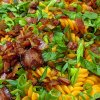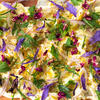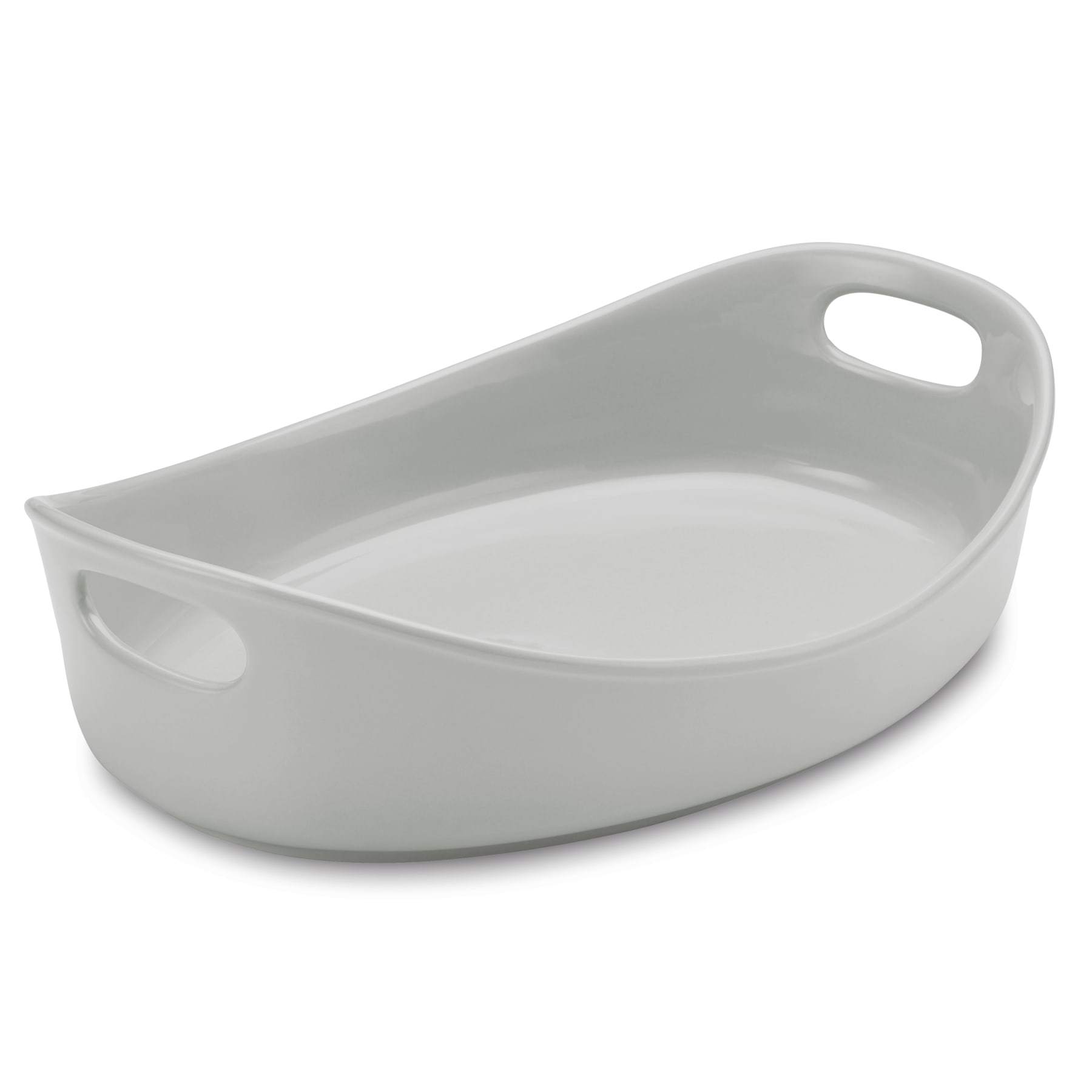Popular
Latest From the Show


How to Make Pasta in Bianco (Italian for Fettuccine Alfredo) | R…

Q&A with Organizational Pro Peter Walsh + Dermatologist Shares A…

Actor Hank Azaria + Freezer Meals + Artichokes 2 Ways with Rach

See Inside Barbara Corcoran's Stunning NY Apartment + It's Steak…
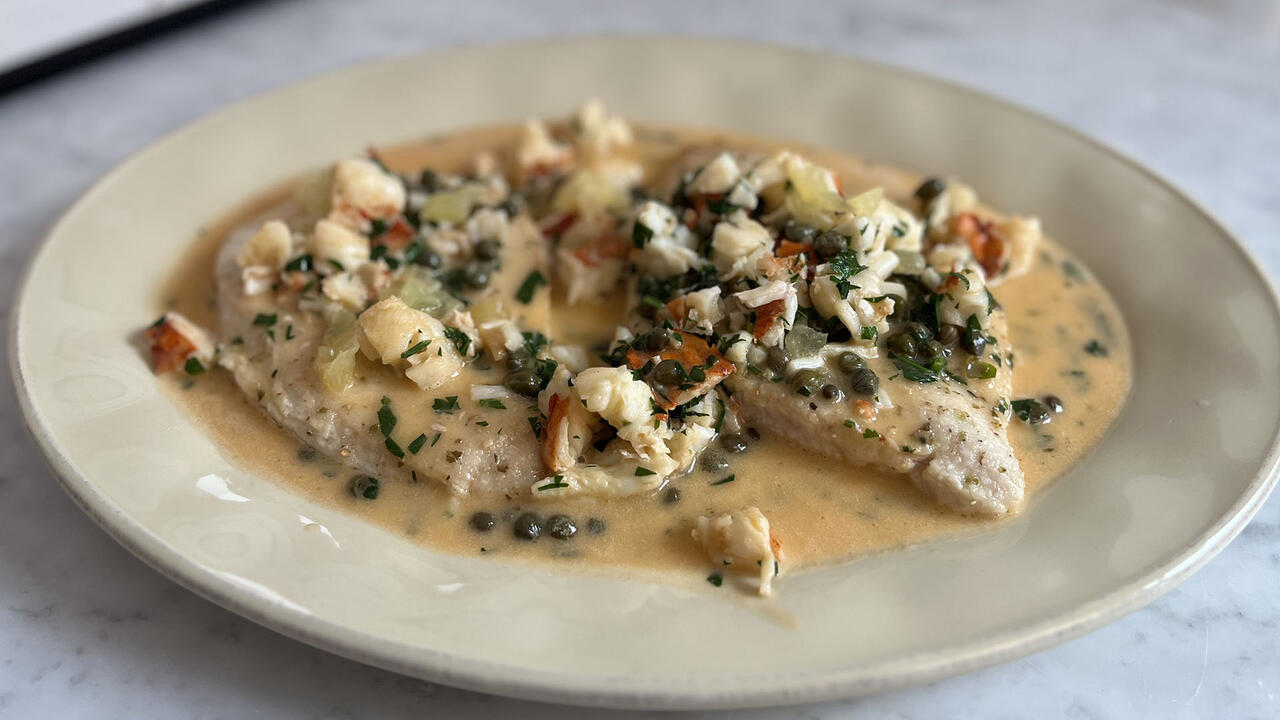
How to Make Chicken and Lobster Piccata | Richard Blais

Donnie Wahlberg Spills Details About NKOTB's First Ever Conventi…

Donnie Wahlberg + Jenny McCarthy Say Rach Is Such a "Joy" + Look…

The Best Moments From 17 Seasons of the Show Will Make You Laugh…

How to Make Crabby Carbonara | Rachael Ray
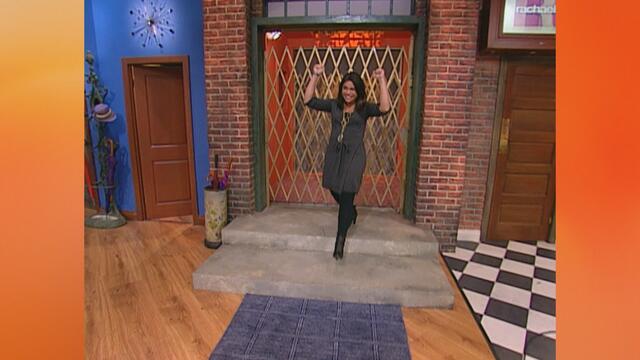
Rach Chats "Firsts" In Flashback From Our First Episode Ever In …
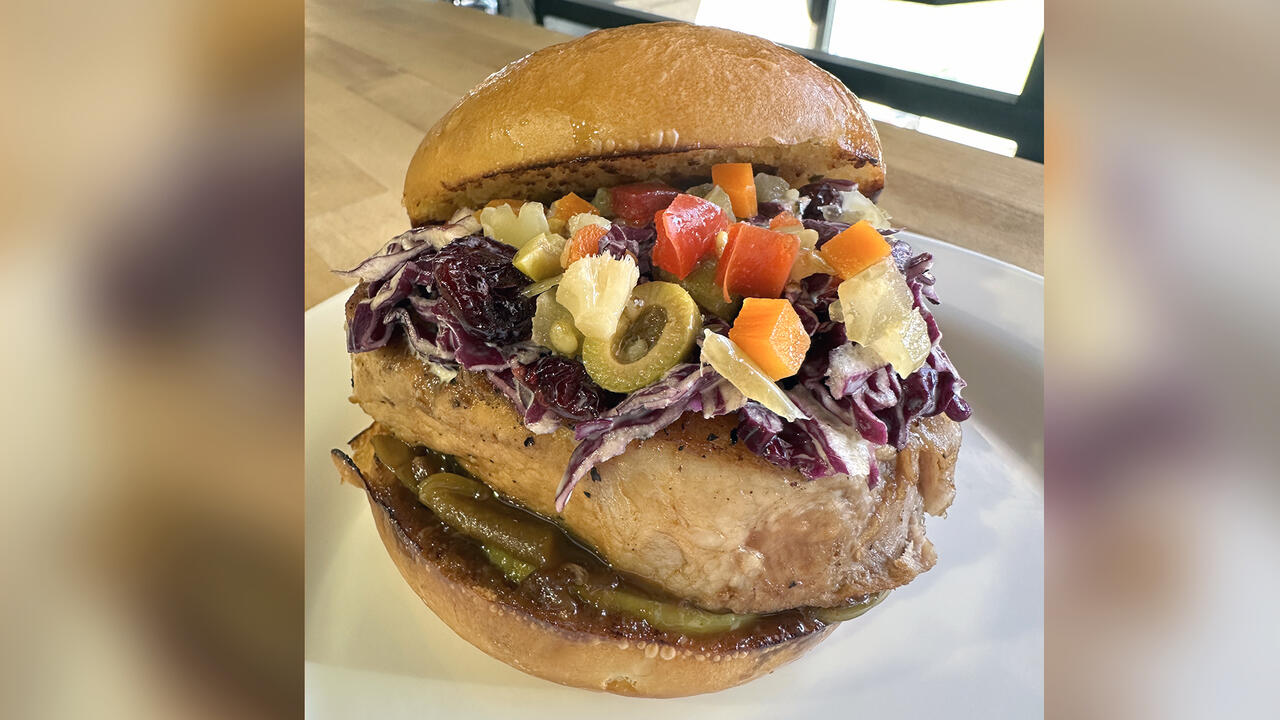
How to Make Apple-Cider Braised Pork Chop Sandwiches with Onion …

Rach's Chef Pals Say Goodbye to Show in Surprise Video Message
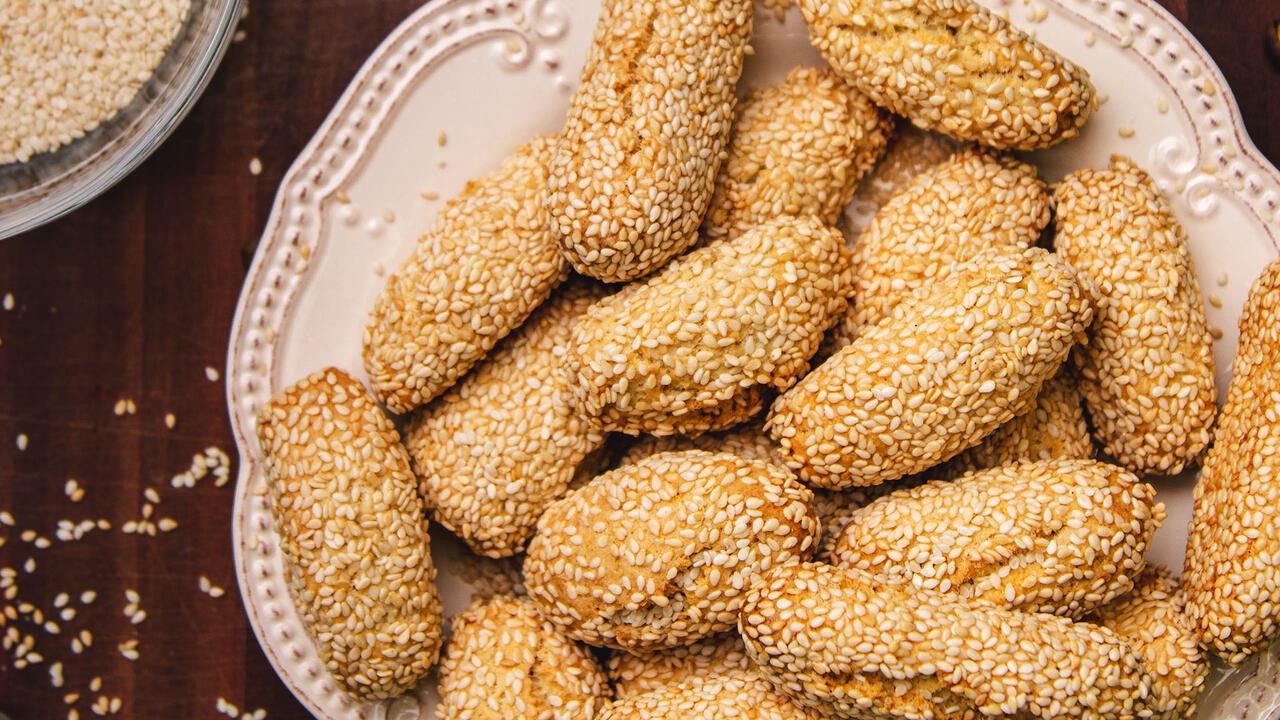
How to Make Sesame Cookies | Buddy Valastro
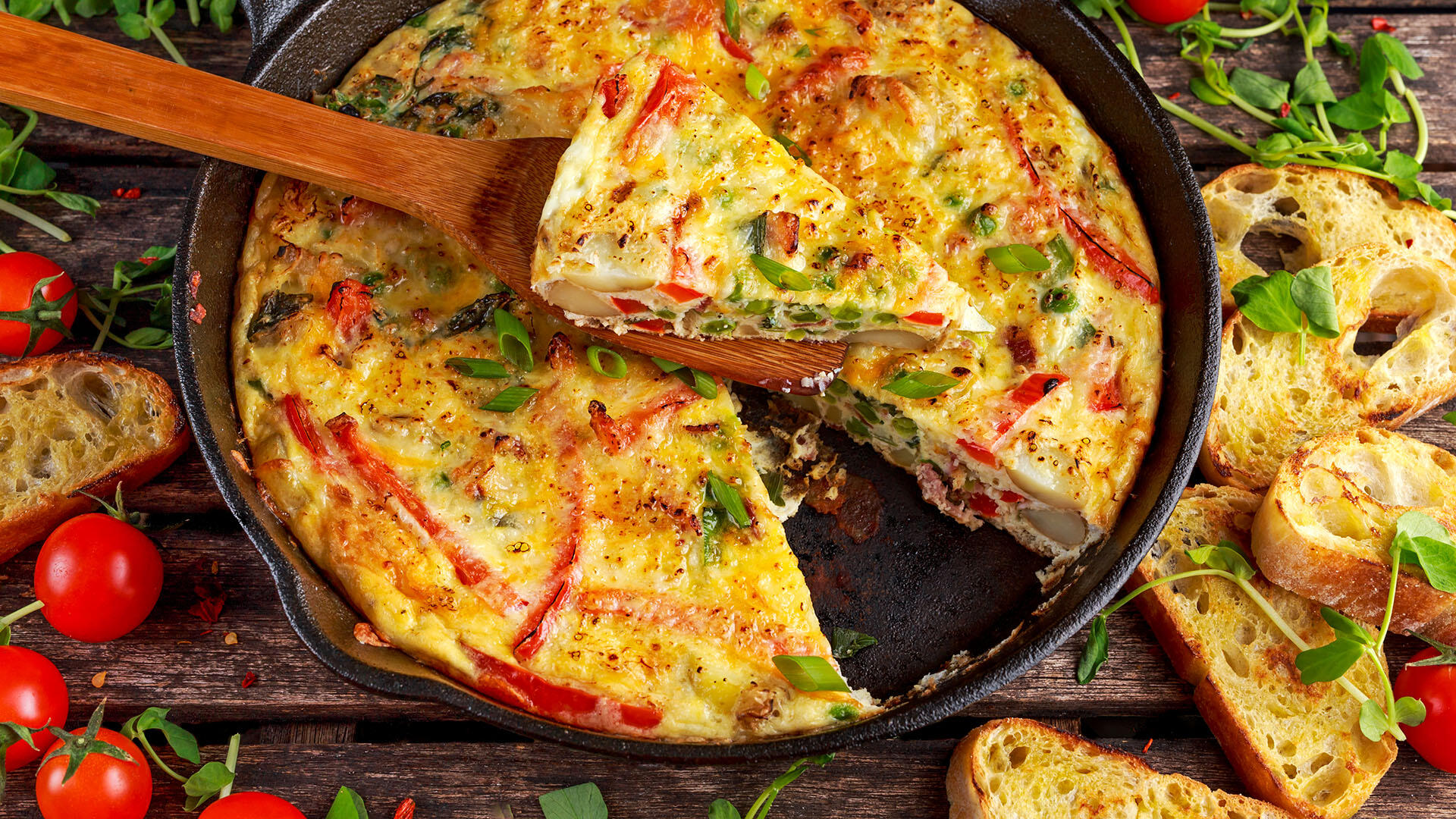
How to Make Tortilla with Potatoes, Piquillo Peppers and Mancheg…
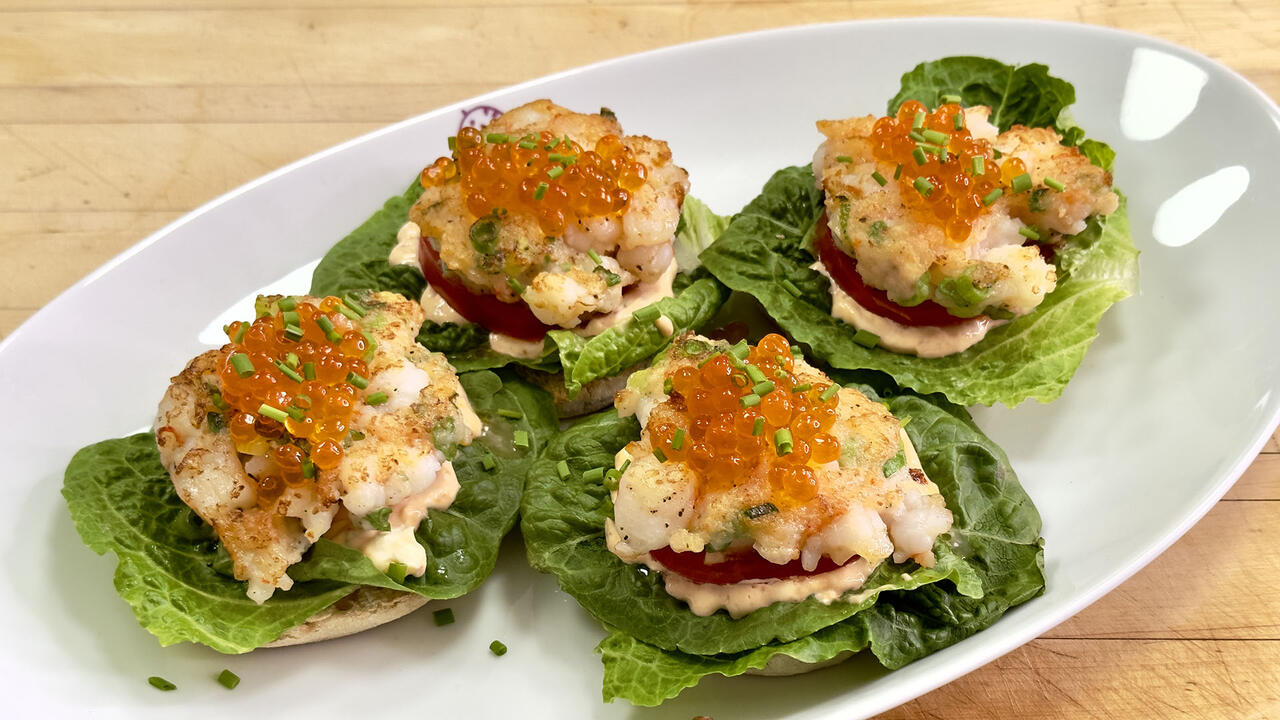
How to Make Shrimp Burgers | Jacques Pepin

How to Make Spanakopipasta | Rachael Ray

Andrew McCarthy Chokes Up Discussing Emotional Trip to Spain wit…

Celebrity Guests Send Farewell Messages After 17 Seasons of the …

Celebrity Guests Send Farewell Messages After 17 Seasons of the …

Andrew McCarthy Teases Upcoming "Brat Pack" Reunion Special

Michelle Obama Toasts Rach's 17 Years on the Air With a Heartfel…
Each product has been independently selected by our editorial team. We may receive commissions from some links to products on this page. Promotions are subject to availability and retailer terms.
As Rach explains, there's a restaurant in Rome that has made a butter and cheese pasta forever, and all over Italy, what we know as fettuccine Alfredo is really pasta bianco, or white pasta. White pasta is a very traditional dish, so if you go to Italy and want what you think is Alfredo, don't say Alfredo, say pasta bianco! Another thing to know is that there's no cream in it, just three ingredients: fresh fettuccine, a lot of butter and freshly, finely grated Parmigiano-Reggiano cheese, plus salt. If you can't find fresh pasta and don't want to make it, use egg tagliatelle, egg fettuccine or pappardelle.
This easy pasta is a delicious side for any meal, but Rach especially loves it as a first course, followed by her Italian sliced steak with arugula.
For more pasta recipes that are perfect for fall, check out her White Pasta alla Vodka and Pasta with Pumpkin, Brown Butter, Crispy Sage and Nuts.
Ingredients
- 2 teaspoons salt, plus extra to serve
- 8-10 tablespoons salted Italian butter (8 slices about ½ inch thick from a 500-gram brick or log)
- 1.1 pounds (500 grams or two 12-ounce packages) fresh egg fettuccine
- 6 ounces Parmigiano-Reggiano cheese, crumbled, then pulse-processed until very finely ground, like fresh-fallen tiny snowflakes
Yield
Preparation
Warm a large oven-safe bowl on lowest setting of your oven while you bring a large pot with 3 quarts of water to a boil for the pasta. Warm shallow bowls for individual servings, as well.
Salt the water with 2 teaspoons of salt.
Remove the large bowl from the oven and line it with the butter, including up the sides of the bowl.
Cook pasta 2 minutes, then transfer to the bowl with tongs and toss until butter is fully melted and coats the fettuccine. Reserve 1 ½ cups of the cooking water. Add ½ cup of the water to the pasta and about two-thirds of the cheese, but only a handful of cheese at a time, tossing continuously and adding more cheese a handful at a time until it is fully emulsified. Add more pasta water as needed as you work through the cheese.
Place the remaining cheese in a small dish to pass at table. Adjust salt to taste and serve the pasta in warm shallow bowls.

